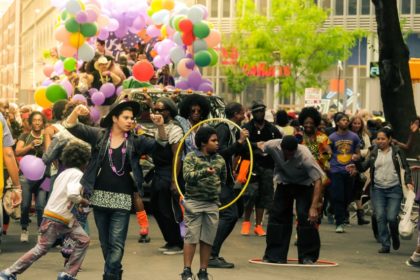
There’s nowhere in the world where there is a culture that doesn’t move to music. This video presents research about the Collective Effervescence of dance and helps explain why there is so much joy in the air when 10,000 dancers come together in the Annual Dance Parade and Festival.
This video explains why dance has become a human necessity in the gluing of societies together:
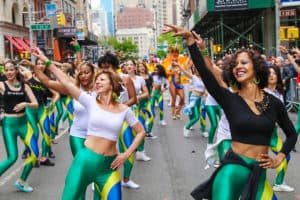 The French sociologist Émile Durkheim (1858-1917) theorised that ‘collective effervescence’ — moments in which people come together in some form of unifying, excitement-inducing activity — is at the root of what holds groups together. More recently, Dr. Bronwyn Tarr, an evolutionary biologist and psychologist at the University of Oxford who is also a trained dancer, has researched the evolutionary and neurological underpinnings of our innate tendency to bust a move.
The French sociologist Émile Durkheim (1858-1917) theorised that ‘collective effervescence’ — moments in which people come together in some form of unifying, excitement-inducing activity — is at the root of what holds groups together. More recently, Dr. Bronwyn Tarr, an evolutionary biologist and psychologist at the University of Oxford who is also a trained dancer, has researched the evolutionary and neurological underpinnings of our innate tendency to bust a move.
Photo credit: Miguel Chavez
Drawing on the work of both Durkheim and Tarr, this Aeon Original video explores that unifying feeling of group ‘electricity’ that lifts us up when we’re enthralled by our favourite sports teams, participating in religious rituals, entranced by music – and, yes, dancing together at the Annual Dance Parade New York.
You can read more about Durkheim and his work here and about Dr. Tarr’s work here.
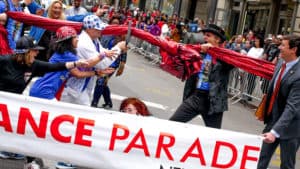
The Annual Dance Parade, with over 100 unique forms of dance, is an accelerator of Collective Effervescence, gluing society together.
Photo credit: Glenmore-Marshall
One hypothesis is that it provides an opportunity for people to come together, making them move — dance — and in doing so we experience internal hormonal cascades which are made up of ‘feel good’ chemicals. These bursts of chemicals are part of our brain’s pain and pleasure and reward circuitry, and when they are triggered they provide an experience of elation and positive reward. When we get this kick in the presence of others, the result is that of collective joy — positive, shared experiences through which we establish and maintain important social connections with others. Now we feel like we belong to a unified, cohesive whole.
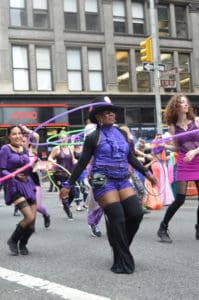
Being part of a cohesive social group would have been really important for our ancestors — collaborating with others to find shelter, hunt, rear young would have increased our chances of survival. Music and dance are by no means the only ways we can stimulate these positive social ‘highs’. But they’re really good ways of doing it because it’s an experience that we can share with lots of people at once. In order to understand why that would have given us such a great advantage we need to look at our species in the context of primates.
Photo Credit: Chris Fernando
Get Social with Dance Parade on:
Facebook
Instagram
YouTube
Learn more about our friends at Aeon

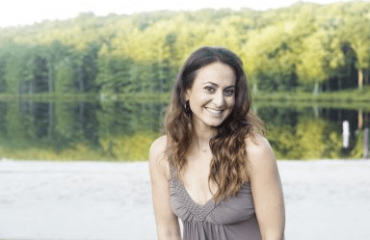


You must be logged in to post a comment.